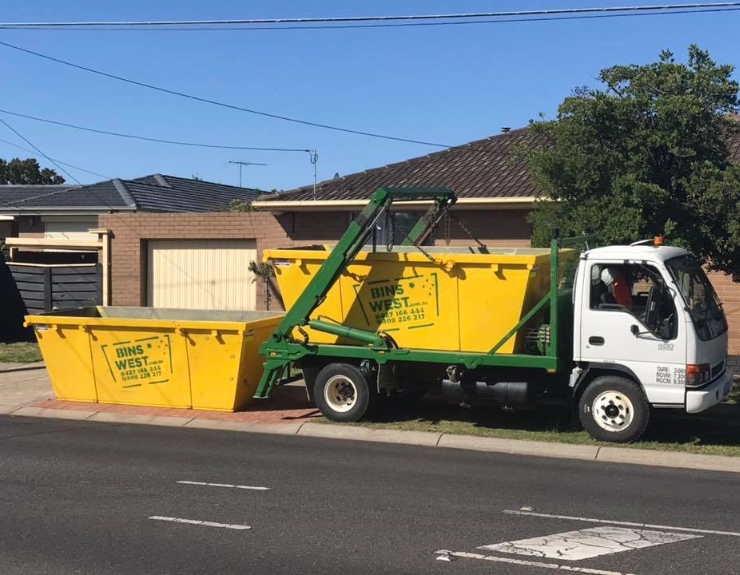If you’re doing a household cleanout, or if you’re working on a commercial project, renting a skip bin can be a great way to manage waste in a responsible and sustainable manner. You’ll have to select a bin that is suitable for the waste you need depending on how big your project is. By packing your skip well, you can maximize the value of the bin and avoid future problems such as overfilling. We are experts in waste management and can offer some helpful tips for packing your skip bin.
1. Choose the right size skip
You can easily ensure that your skip bin rental is worthwhile by choosing the correct size bin. Consider the size of your project, and how much waste you’re likely to generate. If you are unsure, hiring a larger skip bin is recommended. You may find that your waste is more than you anticipated. By choosing a bigger bin, you can avoid the need to hire multiple bins or having the bin overfilled. If your skip bin becomes too full, it will be deemed unsafe for travel and cannot be disposed until the dimensions are met. You can use the guide below to determine what size skip bin is right for you!
Check out our size guide, or speak to your local franchisee if you are still unsure.
2. Add only items that are allowed.
It’s important to know what you can and cannot put in your skip bin to ensure that it is efficient and saves space. What can you not put in your bin? Avoid putting anything in your skip bin that may rot, smell, cause damage or be hazardous. Check out our full list of what not to put in the skip bin. If you are unsure whether an object can be placed in the skip bin, speak to our team of skip bin rental experts before placing it. It will save you the hassle of having to remove the item from the bin, and it reduces the risk that the entire contents could become hazardous.
3. Pack according to weight and size
Packing your skip bin is best done like playing a game of Tetris. It may be tempting just to throw everything in, but packing your bin properly will maximize space. For skip bins over 3m, use a wheelbarrow or trolley to load heavier items first. Start with larger flat items, like planks and shelves. You can place them on the bottom and evenly distribute the weight. Then, place all of your heavier items. White goods, heavy furniture, couches, tables and desks are all included. After placing the heavy items, you should place the biggest items into the skip bin to get an idea of how much space is left.
4. Wast compressed and condensed
After placing the largest and heaviest objects in the skip add smaller items to the remaining spaces. Condense and reduce your items to the smallest size possible. Roll up carpets, carpets, or other softer materials. Disassemble furniture and cut branches. Bags can be used to bag green waste such as leaves and other small items.
5. Dispose otherwise of items
Consider disposing your unwanted items somewhere else if your skip bin is full. When it comes to household items, consider whether the item can be donated, recycled, or given to a family member or friend. Green waste can be turned into mulch to use in your garden. Not everything can be recycled, but removing some items from your skip bin can help you save space and give the items a second chance. For more details – https://trailertrash.nz/skip-bin-hire-south-auckland/
